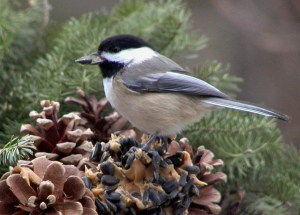
This black-capped chickadee grabs a seed from a wreath in Unity, New Hampshire in 2002. Barbara Noll/Associated Press
You know that small talk you have with people you don’t know too well, so you ask a generic question about something that person is interested in? You wouldn’t believe how many people have been asking me about the birds singing early in the morning.
One of the surest signs of spring and the breeding season for birds is the return of the morning cacophony that for some people comes a little earlier than desired. Given the number of questions that have come up recently, I’m devoting this article to those serenading songbirds and their voluminous voices.
A good place to start is: What’s a song? Birds make all sorts of sounds for different purposes, and we define a song as a noise used to proclaim territory or attract a mate. In general, these are the longer and more complex vocalizations that we think of as a “song,” but these can also be short and abrupt in some species. Almost all of the other noises that birds make are considered “calls.”
Using our beloved black-capped chickadee as an example, we tend to be more familiar with their onomatopoeic “chick-a-dee-dee-dee” vocalizations, which, along with other short gargles and slurs, make up their calls. Some of the “chick-a-dee” calls have been shown to be used when a predator is detected. The more threatening the predator, the more “dees” are added to the call. The loud clear “fee-bee” whistles are the chickadee’s song, again, meant to attract a mate or tell its neighbors to “stay off my lawn.”
Not all songs are vocalizations. Though these are less common, some songs are mechanical in origin. Instead of emitting the noise themselves, with their complex internal organs, some birds attract mates by making sounds with their feathers or even using objects. Perhaps the most conspicuous of these is the drumming from woodpeckers – not just tapping or drilling into a tree for food, but the rapid drumming that we hear lasting for a few seconds at a time. Woodpeckers will often find dead hollow trees or even use metal objects like a downspout to aid in amplifying their songs.


A ruffed grouse drumming its feathers is captured on a camera trap placed by Ryan Pennesi in 2022 in Minnesota. TNS
Ruffed grouse, or the colloquial “partridge,” will find a stump to stand and drum from. Unlike woodpeckers “drumming” against a tree, a grouse “drum” is created by flapping its wings forward and back so quickly that it creates a momentary sonic boom. This song starts slowly, but drums steadily get more rapid, comprising up to 50 drums.
One of the more interesting questions about songs this spring came in from Rick Hendee of Freeport, asking about how bird songs have changed over time. It is amazing to see how technology has helped change and advance research into bird songs, especially thanks to citizen science projects like eBird and its affiliation with the Macaulay Library. Since the fall of 2015, more than two million recordings of bird vocalizations from around the world have been added to the Macaulay Library through eBird checklists, not to mention 60 million photos of birds. These new recordings can be compared against archived recordings – dating back to 1929 when Arthur Allen recorded a song sparrow and rose-breasted grosbeak in Ithaca, New York – to look for changes.
A noteworthy change in bird songs that has been well documented is from the effects of noise pollution. Increasing noise pollution, especially from combustion engines large (airplanes) and small (leaf blowers), has caused birds to need to sing louder to maintain their same levels of productivity. If your song isn’t attracting a mate, or keeping neighbors out, productivity drops to the detriment of those individuals unable to adapt. A fascinating study came out of the San Francisco area following the pandemic shutdowns, showing that white-crowned sparrows songs were 37% softer during the quieter periods of less human-caused noise pollution than they had been prepandemic.
Last week’s Press Herald article on perfluoroalkyl and polyfluoroalkyl substances (PFAS) being found in Maine’s birds reminded me of previous studies into polychlorinated biphenyls (PCBs) affecting bird songs. A study of chickadees that had been exposed to PCBs showed stunted growth in the development of the parts of the brains responsible for their songs, resulting in songs that were “out of tune” and would be less desirable to a mate.
I’ll keep making plugs here for readers to download the Merlin Bird ID app for their smart devices. This free app from the Cornell Lab of Ornithology has an uncanny ability to suggest identifications of the birds that are singing around you. I’ll add the caution that it isn’t perfect, but neither are any birders’ ears, so best to take any identification as a suggestion and try to get a visual confirmation, especially before submitting any sightings to projects like eBird. If you’re woken earlier than you wanted by the dawn chorus, try learning their names instead. Merlin can help you learn who is singing, and this will definitely add to your appreciation of the diversity of Maine’s birds, especially this spring.
Have you got a nature question of your own? Email questions to ask@maineaudubon.org and visit maineaudubon.org to learn more about birding, native plants, and programs and events focusing on Maine wildlife and habitat. Doug and other naturalists lead free bird walks on Thursday mornings, 7 to 9 am, at the Gilsland Farm Audubon Sanctuary in Falmouth.
« Previous
Related Stories

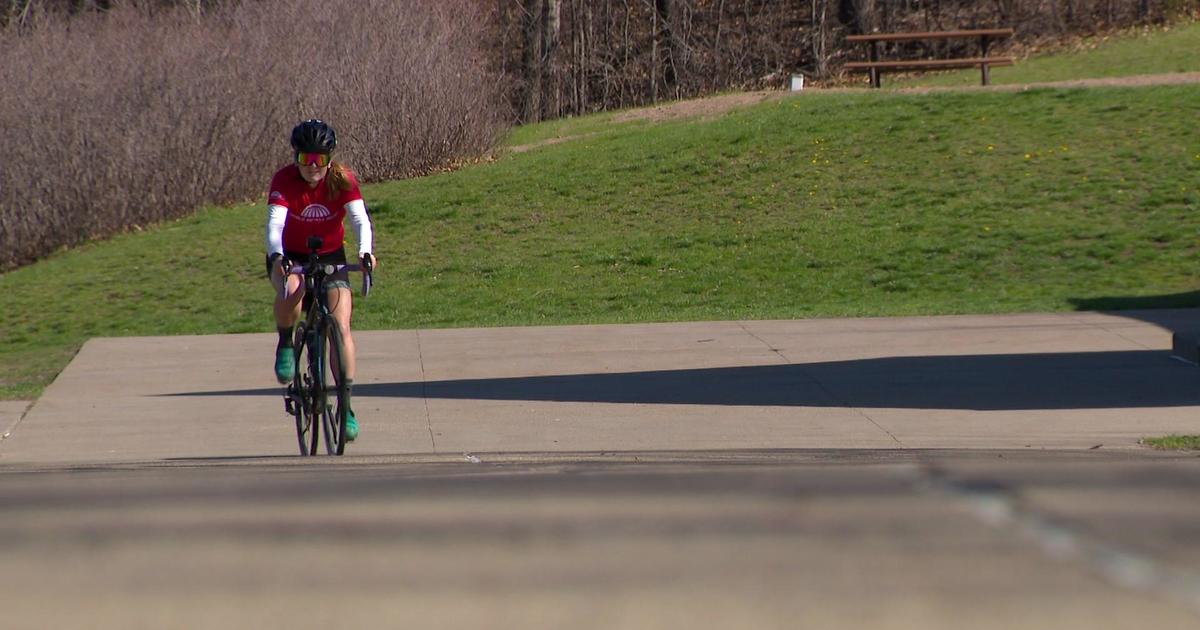





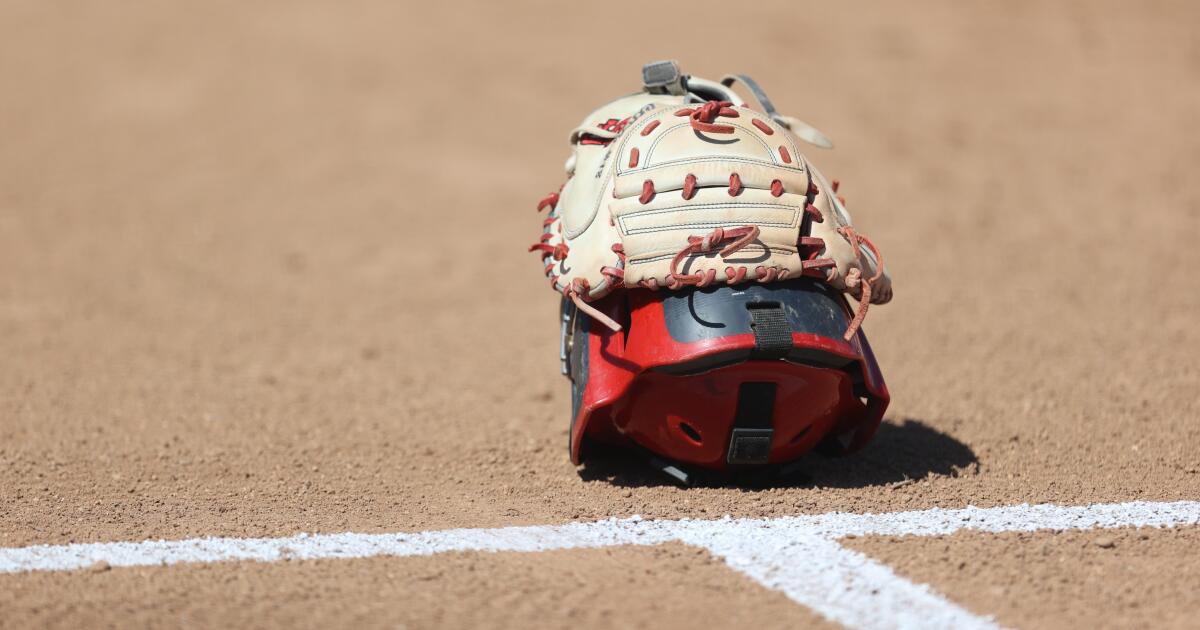


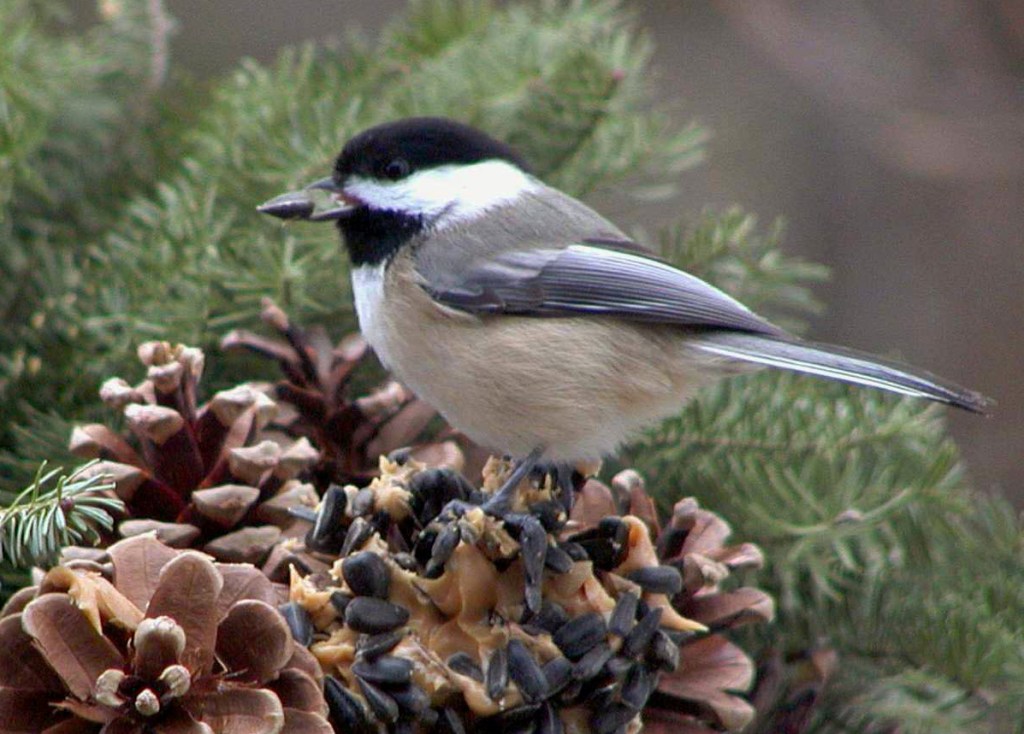

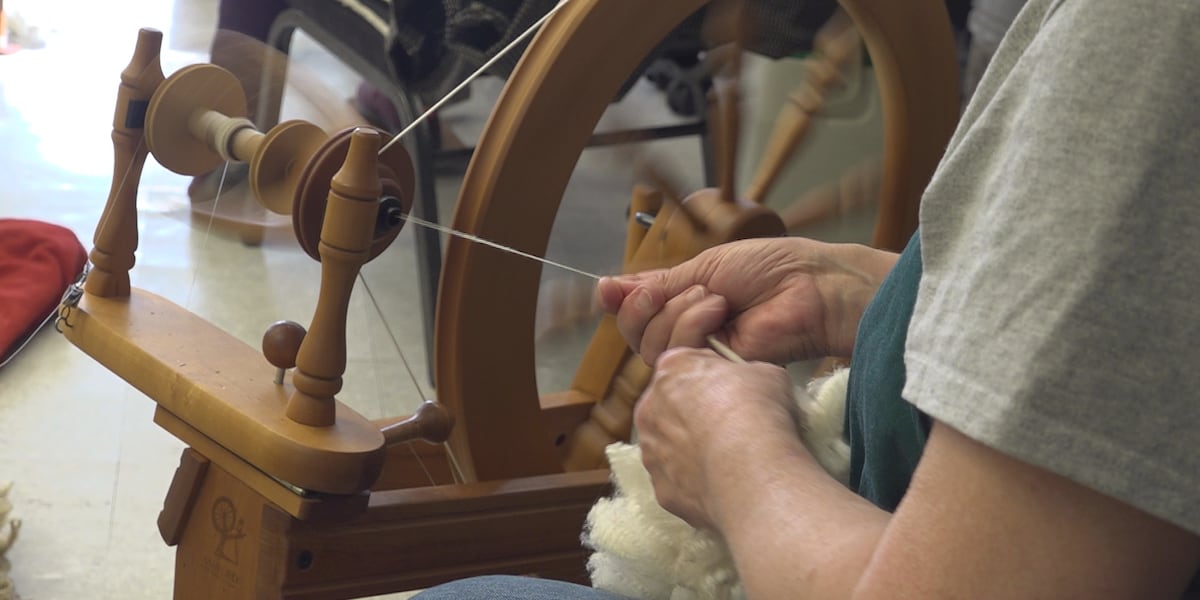














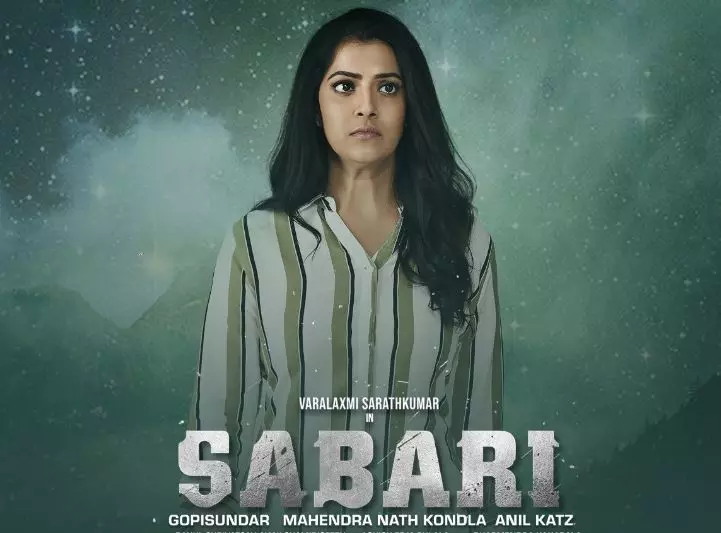



Invalid username/password.
Please check your email to confirm and complete your registration.
Use the form below to reset your password. When you’ve submitted your account email, we will send an email with a reset code.